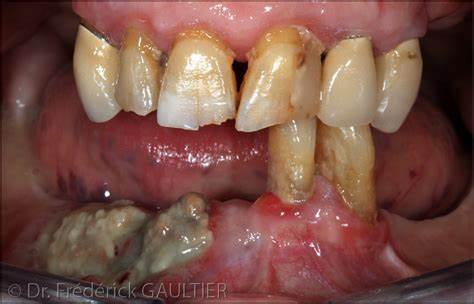Healthy and/or White Teeth !?
Aesthetic dentistry has evolved in relation to the high public demand in the 21st century.
Whitening agents can be either products that can be applied with no activation step, such as HP( Hydrogen peroxide) on its own, or that require activation by either light, chemical mixing or a combination of both. Chemical activators such as manganese gluconate, manganese chloride, and ferrous sulphate have been reported to improve the performance of whitening gels through accelerating the chemical reaction of HP on the enamel surface, therefore reducing exposure time and post whitening sensitivity .
Public concern regarding smile aesthetics redirected clinicians and scientists towards formulating minimally invasive treatments such as tooth whitening, as an alternative to potentially destructive and harmful veneer or crown placements purely for cosmetic gain.
Dental Whitening
Chemistry of Dental Whitening
Tooth whitening products may contain hydrogen peroxide as an active agent, glycerine as a carrier, carbopol as a thickening agent, and finally, a number of flavouring agents .
Whitening occurs through the process of chemical degradation of chromogens. Chromogens are the cause of dental discolouration, and are either present as large organic compounds with double bonds, or as metallic containing compounds, the latter being less likely to be whitened using hydrogen peroxide. In contrast, oxygen radicals released by HP react with organic chromogens more effectively through an oxidising process which breaks the strong double bonds, destabilising the chromogenic compound, and ultimately reducing tooth discolouration.
Toxicity of whitening agents
According to the Agency for Toxic Substances and Disease Registry (ATSDR) in the U.S., HP is a powerful oxidizing agent that has the potential to causes irritation to the skin, eyes, and mucous membranes upon exposure to high concentrations (>10%) .
The maximum reported concentration of HP without causing mucosal irritation was 5% with damaging effects seen at 8%.
Toxicity of whitening agents are dependent on the concentration of HP, composition of the whitening agent, and duration of treatment. Upon application, its low molecular weight enables it to penetrate to the dental pulp chamber and periodontal ligament, causing an inflammatory reaction that might be sufficient to initiate cervical root resorption, and damage to pulp, fibroblasts, or DNA.
The Cosmetic Products Enforcement Regulations in the UK set the maximum allowed concentration of HP to be used for dental whitening to 6% , and according to the national guidelines from WorkSafe in Australia, HP is considered a hazardous substance in concentrations above 5% . The American Dental Association (ADA) awards the seal of acceptance to products having the maximum concentration of 10% CP (3.5% HP) . Reported concentrations of commercially available products, however, ranged up to 40% according to previously published studies
Vital tooth whitening
Historically, a whitening gel with high concentrations of chemically or light activated HP is applied for a short duration (45min-1hr).
The high concentration of HP usually used for in- office products (30-38%) requires less time to release high levels of free oxygen radicals, thus, immediate results are observed following the whitening procedure . According to the literature, it is possible to get the tooth colour 5-8 shades lighter following multiple whitening cycles, with stability.
Dentist Supervised At-Home
Night-guard vital whitening is considered the gold standard in tooth whitening and commonly prescribed by dentists. It is self-administered by patients, with fewer reported side effects, and is a more cost effective whitening solution . This whitening process includes the application of 10% CP(carbamide peroxide) to a custom tray and worn overnight for 2-6 weeks.
Considering differences in shade measurement techniques, results indicate that At-Home night guard dental whitening using 10% CP(carbamide peroxide) produces similar or a greater whitening effect in comparison to in-office whitening.
for more information, visit
[4] A. Banerjee, B.J. Millar, Minimally Invasive Esthetics, Elsevier2015.
[5] V. Haywood, M. Drake, Research on Whitening Teeth Makes News, NC Dent Rev 7(2) (1990) 9.
[9] ADA, Statement on the Safety and Effectiveness of Tooth Whitening Products; June 2002, 2008.




Comments
Post a Comment